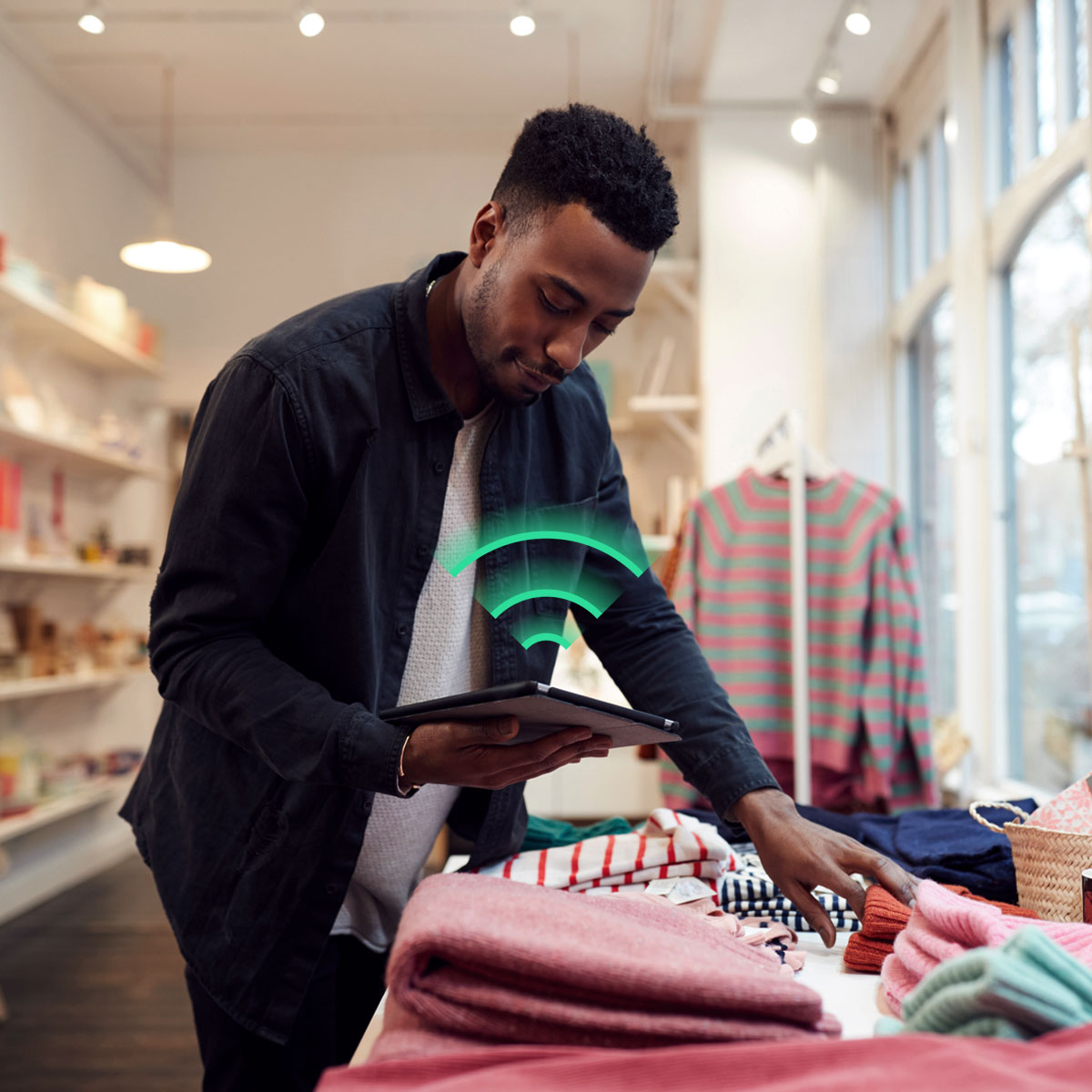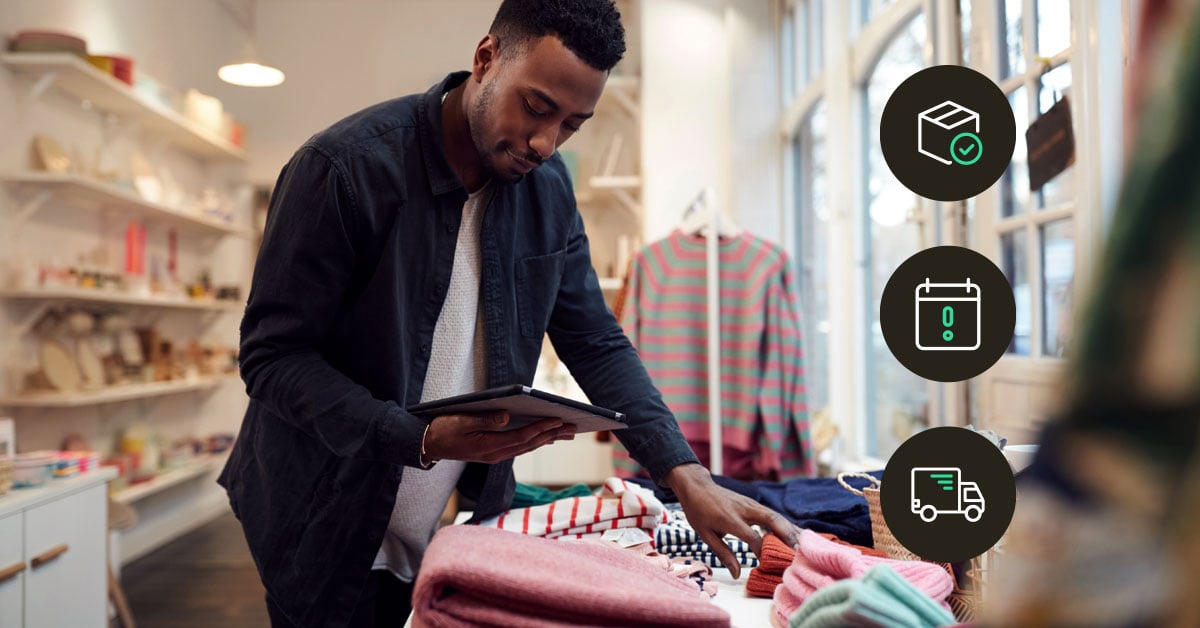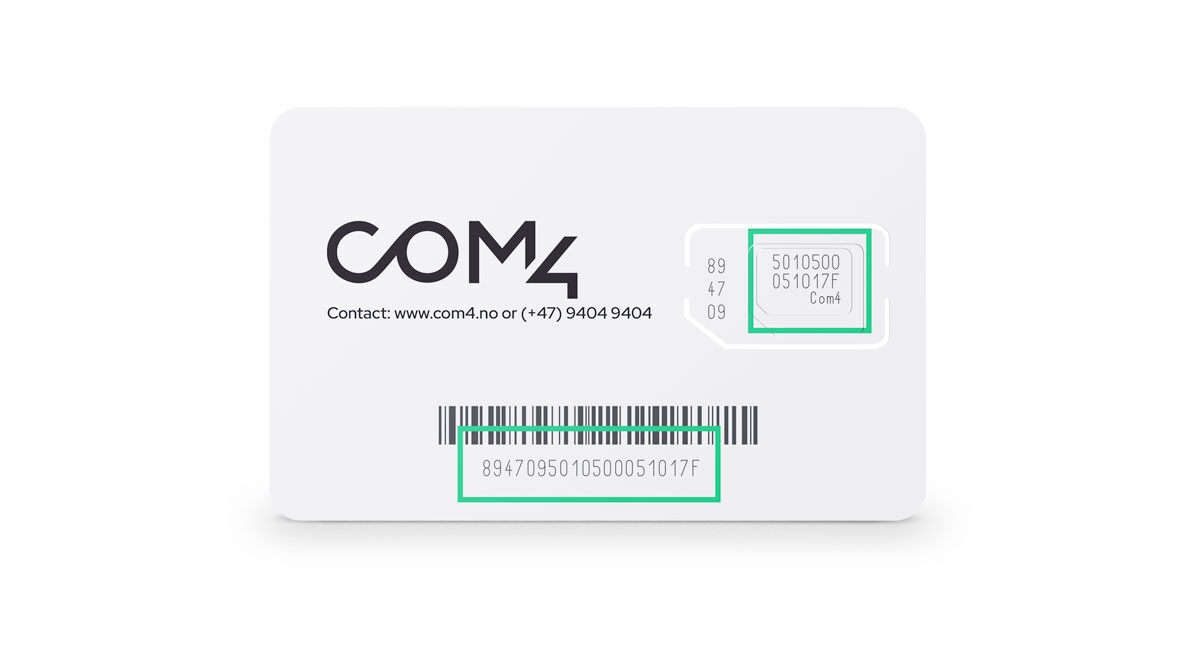According to MarketsandMarkets, the global Internet of Things (IoT) in retail market is expected to grow from USD 14.5 billion in 2020 to USD 35.5 billion by 2025. This reflects a strong compound annual growth rate of 19.6 percent.
This rapid growth shows how deeply IoT is reshaping retail operations worldwide. Every successful IoT solution depends on one key factor: reliable, secure and scalable connectivity. Choosing the right IoT connectivity partner is now just as important as choosing the right technology.
The Internet of Things (IoT) is transforming retail by connecting stores, devices, and customers through data-driven technology. Retailers are using IoT to track inventory, optimise energy use, and improve customer experience. According to MarketsandMarkets, the global Internet of Things (IoT) in retail market is expected to grow from USD 14.5 billion in 2020 to USD 35.5 billion by 2025. This reflects a strong compound annual growth rate of 19.6 percent.
This rapid growth shows how deeply IoT is reshaping retail operations worldwide. Every successful IoT solution depends on one key factor: reliable, secure and scalable connectivity. Choosing the right IoT connectivity partner is now just as important as choosing the right technology.
What Is IoT in Retail and Why It Matters Today
The Internet of Things (IoT) in retail involves using connected devices to collect and share data across stores, warehouses and supply chains. These devices include sensors, cameras, smart shelves and scanners. Together, they give retailers a clear view of every part of their operations in real time.
Retailers now rely on IoT to track stock, improve customer experience and save energy. However, these systems only work as well as the connectivity behind them. A reliable and secure IoT connection ensures every device stays online, no matter where the store or warehouse is located. This is where cellular IoT connectivity plays a key role.
How the Internet of Things Is Transforming the Retail Industry
The Internet of Things is driving a major shift in how retailers operate and serve customers. By connecting physical and digital environments, IoT helps stores become smarter, more efficient, and responsive.
Here are a few key ways IoT is changing retail:
- Data-driven decision-making: Real-time data helps managers optimise pricing, staffing, and stock levels.
- Automation and efficiency: IoT systems automate manual tasks such as tracking deliveries or adjusting store temperatures.
- Predictive maintenance: Sensors detect equipment faults before they cause downtime, saving time and cost.
- Customer-centric operations: IoT enables personalised offers and faster service through connected checkout systems.
All these advances depend on uninterrupted network performance. Retailers using Com4’s Global IoT Coverage benefit from consistent device connectivity across locations and borders, enabling smooth operations at every store.
Top 8 Use Cases of IoT in Retail
IoT now plays a role in nearly every part of retail. It connects shelves, energy systems and delivery vehicles through continuous data exchange. Each use case relies on stable communication between devices and cloud systems to work effectively.
Here are the top 8 use cases of IoT in Retail Industry:
Smart Shelves and Inventory Tracking
IoT-enabled smart shelves use weight sensors and RFID tags to monitor stock levels and send real-time alerts when products run low. This reduces manual counting, prevents stock-outs and even detects product theft or misplacement. With Com4’s Global IoT SIM Cards, retailers can connect thousands of shelves across different locations. This creates a single, reliable network that provides continuous visibility of stock levels in real time.
Connected Supply Chain and Logistics
IoT devices track goods at every stage of the supply chain. They provide retailers with accurate, real-time data on shipment location, temperature and handling. This visibility helps prevent losses and ensures products arrive on time. Retailers can rely on Com4’s Connectivity Packages for seamless global data access that supports cross-border operations and fleet visibility.
Com4’s global connectivity also powers Just Eat Norway, enabling reliable data transfer across thousands of delivery devices and improving supply chain visibility for on-demand services.
Smart Energy and Building Management
IoT sensors automatically control lighting, heating, ventilation and refrigeration based on occupancy and surrounding conditions. These adjustments reduce energy use and help retailers meet sustainability goals. With Fixed Wireless Access, building systems stay connected even if the main network goes down.
Optimised Product Placement and Buyer Behaviour Tracking
IoT sensors and video analytics identify which areas of a store attract the most attention. They also show which product displays lead to higher sales. Managers can use this information to adjust product placement and plan store layouts. Testing new promotions becomes easier with clear data. By understanding customer movement and dwell times, retailers can improve sales performance and overall shopping experience.
Seamless In-Store Navigation and Experience
IoT-powered automation makes stores more comfortable and efficient. Smart lighting, temperature control and air-quality monitoring work together to create the right environment. Queue management systems also adjust in real time to reduce waiting times. These technologies keep shoppers satisfied and help stores maintain safety and compliance standards.
Checkout Automation
IoT is making cashier-less shopping possible. Sensors, beacons and smart shelf tags let customers pick up products and pay digitally. Receipts are sent automatically to their devices. Reliable IoT connectivity keeps payment systems and inventory databases in sync. This makes the shopping experience faster, smoother and more convenient.
On-Site Sensors for Repairs and Maintenance
Commercial IoT sensors installed in warehouses and storage facilities monitor temperature, humidity and air quality. When readings move outside safe ranges, alerts trigger automatically for immediate action. This prevents spoilage, ensures equipment health and enables predictive maintenance.
Our projects like Gomero demonstrate how Com4’s IoT connectivity supports remote monitoring and automated maintenance systems for critical infrastructure.
Cold Chain Monitoring
For grocery and pharmaceutical retailers, IoT plays a key role in keeping products safe during storage and transport. Temperature and humidity sensors inside cargo vehicles and cold rooms record conditions in real time.
Why Reliable Connectivity Is the Backbone of Retail IoT
IoT performance in retail depends on stable, low-latency communication between thousands of devices. When connectivity fails, stores lose visibility into stock, transactions or deliveries. This directly affects customer trust and revenue.
Com4’s multi-network IoT connectivity automatically connects each device to the strongest available signal, supporting over 750 networks in 190 countries. This ensures uninterrupted communication for every store, warehouse and delivery route.
Simple Connectivity Checklist for Retailers
Before launching any IoT project, retailers should confirm they have:
- Global coverage and access to multiple networks
- Secure connectivity with private APNs or VPNs
- Centralised control for managing SIMs and device lifecycles
- Flexible data plans for seasonal fluctuations
- Backup options such as satellite or fixed wireless
- Scalable design with future-ready solutions like iSIM technology
Key Benefits and KPIs of IoT in the Retail Industry
With strong IoT foundations, retailers can track clear results:
- Inventory accuracy: fewer stock-outs and reduced over-ordering
- Operational efficiency: automated systems lower labour and maintenance costs
- Energy reduction: connected devices cut energy use by up to 20 percent, according to the International Energy Agency
- Faster checkout: improved payment and queue systems
- Lower shrinkage: continuous monitoring prevents losses
Common Challenges in Retail IoT and Their Solutions
Many retailers face similar issues when adopting IoT technology. The table below shows common challenges and practical solutions that improve outcomes.
|
Challenge |
Solution |
|
Unstable network performance across locations |
Multi-network SIMs that automatically switch to the best available network |
|
Managing thousands of connected devices |
Centralised management for SIMs and devices with remote provisioning |
|
High roaming costs for international operations |
Global IoT SIMs with transparent tariffs and pre-negotiated rates |
|
Security and unauthorised access |
Private APNs, VPNs and device authentication for controlled access |
|
Limited internal IoT expertise |
Managed connectivity and technical support from a trusted provider |
|
Complex integration with legacy systems |
Standard APIs and cloud integration for unified data flow |
Through managed connectivity and technical support, Com4 simplifies large-scale IoT operations and helps retailers maintain consistent, secure performance.
Security and Compliance in Internet of Things for Retail
Security and compliance are critical in retail IoT because devices process both operational and customer data. Regulations such as the General Data Protection Regulation (GDPR) in Europe and the California Consumer Privacy Act (CCPA) in the United States set strict rules on how this data must be handled.
Retailers must ensure:
- Data collection is transparent and based on consent
- Information is encrypted during transfer and storage
- Device access is restricted to authorised systems
- Audit logs are maintained for all connected equipment
- Data is retained only as long as necessary and stored according to national laws
Note: Non-compliance can result in significant fines and damage to brand reputation.
How to Start and Scale an IoT Project in Retail
A structured approach helps ensure IoT success:
- Identify a measurable goal such as reducing stock-outs or improving delivery visibility.
- Choose the right devices and connectivity type for each use case.
- Run a pilot project in a few stores to validate data quality and uptime.
- Measure KPIs and refine integration and security.
- Scale to full rollout using centralised SIM and device management.
IoT in retail allows retailers to operate more efficiently, serve customers better and cut costs. None of this is possible without dependable connectivity. By working with a specialist connectivity provider like Com4, retailers can ensure their IoT systems stay secure, scalable and ready for the future.
Frequently Asked Questions (FAQs) for Retail IoT Connectivity
How is IoT used in the retail industry?
IoT connects devices such as sensors, shelves and scanners to monitor stock, store conditions and customer activity. This helps retailers automate operations and make data-driven decisions.
How does IoT improve customer experience?
IoT speeds up shopping, reduces checkout times and enables personalised offers. It also helps maintain ideal lighting, temperature and air quality for a better in-store experience.
What connectivity does retail IoT need?
Retail IoT requires reliable multi-network cellular coverage for continuous data flow. Secure connections using private APNs or VPNs protect sensitive information.
Is IoT in retail secure?
Yes, if retailers use encrypted connections and secure networks. Com4 offers private APNs and VPNs to protect device and customer data.
What is the future of IoT in retail?
The future will combine IoT with 5G, artificial intelligence and automation. These technologies will make stores smarter, faster and more sustainable.





.jpg?width=1200&height=628&name=pos-banner-2%20(2).jpg)





.jpg)
.jpg)